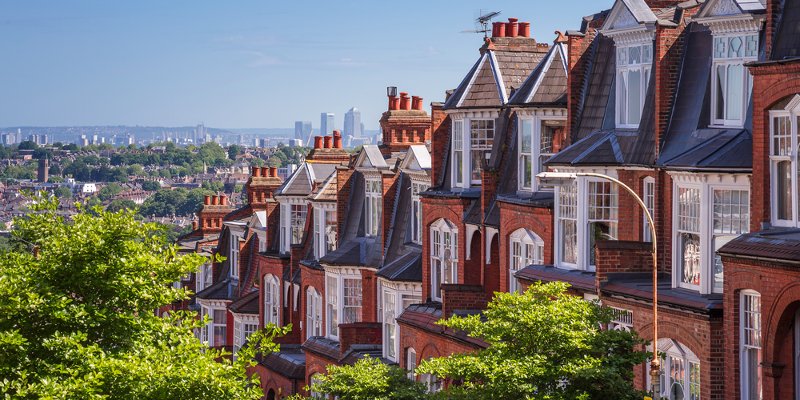The national average asking price of property new to the market has hit a new record of £305,732, the Rightmove House Price Index found.

The national average asking price of property new to the market has hit a new record of £305,732, the Rightmove House Price Index found.
This is £789 (0.3%) higher than the previous record of £304,943 set in July 2017.
Record visits to the Rightmove website in March indicated strong interest in property but the subdued annual rise of 1.6% showed that many buyers are increasingly price sensitive.
Miles Shipside, Rightmove director and housing market analyst, said: “Home buyers are seeing average asking prices at their highest ever level with upwards price pressure getting stronger the further away you move from London.
“However, higher prices stretch buyers’ willingness to pay or ability to afford them.
“This month’s increase of 0.4% is the lowest at this time of year since 2008, though the subdued figure could partly be a re-balancing from the seasonally large 1.5% rise the previous month.
“The earlier Easter Bank Holidays and heavy snow disrupting property marketing will also have an effect on like-for-like comparisons with last year.”
Different parts of the country and different sectors continue to operate at different speeds. The North West has the strongest annual rate of price increase up 4.3% and is one of six out of 11 regions that have hit new records.
The others are the East Midlands (+4.2%), Yorkshire & the Humber (+2.7%), South West (+2.6%), Wales (+2.4%), and the East of England (+1.2%).
Typical first-time-buyer properties with two bedrooms or fewer are up by 2.2% average year-on-year, while the sector favoured by second-steppers, mainly comprising three-bedroom properties, saw a 2.7% rise.
In contrast, the more expensive properties typically detached with four bedrooms or more, has a more muted annual rate of increase of 0.9% and is still behind its peak set in October 2017 (£542,347).
Steve Seal, director of sales and marketing, Bluestone Mortgages, said: “Predictably, house prices are still shown to be on the rise.
“The market needs to address the fact that there is still a fundamental lack of housing and as long as this remains, prices will continue to creep upwards and exacerbate the already stretched affordability of buyers.
“Government initiatives like stamp duty exemption are helping to ease the strain for first time buyers, but more must be done.
“There is still a significant group of hardworking people who are incorrectly deemed ‘high risk’ and are struggling to secure homeownership under rigid high-street lending criteria.
“But missing one or two credit payments due to an event like an unexpected illness, bill or divorce, does not deem them to be barred outright. As an industry, we need to reassure these borrowers that there are solutions available and guide the underserved up the property ladder.”
The actual selling price being achieved nationally is 96.7% of the final asking price.
Based on the current new seller asking price of £305,732, this would mean an average difference of over £10,000 (3.3%), indicative of some sellers demanding unrealistically high asking prices.
Nationally this percentage gap has increased from 2.8% to 3.3% over the past two years, showing a more challenging market in some locations.
In the West Midlands, the price achieved has risen from 96.4% of the final asking price in 2014 to 97.5% in 2018, making it the strongest region outside Scotland for achieving near asking price.
In London, sellers were achieving 98.9% of the asking price back in 2014, and that has fallen to 95.6% this year, meaning a current difference of over £27,000 on the new seller average asking price in the capital of £628,039.
Danny Belton, head of lender relationships, Legal & General Mortgage Club, said: “This might give the impression that house price rises are returning to higher levels, but it’s important to bear in mind that these figures reflect average asking prices rather than completed transactions.
“Actual house price inflation continues to rise at more sustainable levels that sit in line with wage inflation.
“That, and schemes such as shared ownership and Help to Buy are helping buyers looking to make their first step onto the ladder, so it’s no surprise that the number of first-time buyers reached a 10-year high earlier this year.”



